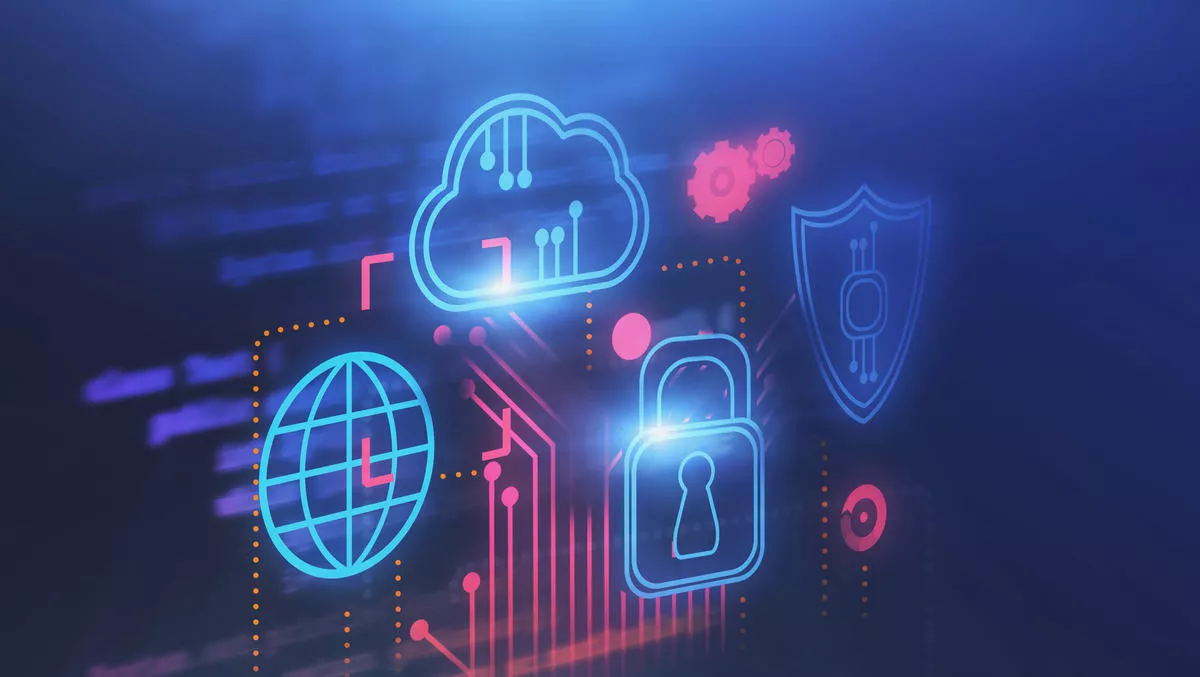Given the global pandemic and the sudden shift in how the workforce operates, the CISOs worldwide have faced an unprecedented set of challenges. Several months into the transition, new struggles continue to arise, while many of the original ones remain unanswered.
Among the many questions they face, several stand out as particularly timely and important:
How have my risks evolved?
Looking back to April, the shift in circumstances caused panic for many CISOs affected by lockdown. Without the benefit of planning, the initial top priority for most was purely trying to get their colleagues connected and working.
As a consequence of that, irregular security gaps quickly appeared on their list of key tasks. For example, colleagues were suddenly asking for remote access to a much more comprehensive range of services and data than they would typically require.
These include changes in access rights, the broader use of personal devices and tools, and the lack of social control — all contributing factors that are now firmly on the agenda of CISOs everywhere.
Suddenly shifting to work-from-home arrangements can open multiple attack vectors for data leakage. A common use case is when employees use an unsanctioned app with their own Gmail email account in an effort to share files with their team members or complete other operational tasks.
The good news is, despite this broader spectrum of security gaps, CISOs can take some practical steps to mitigate risk.
To centralise contextual access control across the enterprise, organisations should focus on apps, actions, and devices. Fortunately, policies to secure applications are readily available within the management consoles of existing third-party security platforms. Policies that were in place for apps like Microsoft 365 can be extended to cover something new, such as the addition of Slack, or other collaboration tools.
How can I do more with less?
Discussions about doing more with less are a familiar issue but have perhaps become more urgent in recent months. Interestingly, focusing on efficiency and cost control comes at a time when convergence across the cloud security discipline is becoming more common.
Over the years, we've seen many different functional security areas for the cloud, from IdaaS and DLP to CASB and threat protection. The time has come where these have started to converge into a single platform, which is beneficial because there is a cost-benefit in bringing those functional capabilities together.
For example, some enterprises are shifting from a legacy security strategy with multiple components to a secure access service edge (SASE) that converges a wide area of network security services — saving considerable sums in the process. Considerations about functional capabilities can go hand-in-hand with cost-efficiency.
How long will this last?
The uncertainty of the current situation is a real challenge for CISOs. The immediate short-term planning and reaction phase has now passed, and they are faced with a situation that has now stretched over many months.
While perhaps over-used in some circumstances, the term' new normal' is certainly a reality for CISOs. In the most extreme cases, some companies are now planning for a 100% remote workforce, with an accompanying impact on security.
As a result, concepts like zero trust and SASE will become the norm as CISOs adapt their approach to meet this new — and in some cases, permanent — situation with proactive strategies.
What can go wrong?
In these circumstances, CISOs are quickly learning about the points of failure that have become more relevant than before. The first is the risks that come from doubling down on old approaches and hoping they scale — the use of VPNs is perhaps the best example of this.
In the near term, scaling VPNs appliances means reactively 'racking and stacking' more hardware, which has proved challenging amidst the shift to remote work. The appliances effectively become bottlenecks, leading to performance degradation.
This, in turn, results in unhappy users, whose productivity is impacted at a time when it may be under slightly more scrutiny than usual.
Then there's the issue of balancing productivity with security, where some CISOs lock everything down to play safe. While the sentiment is understandable, particularly in this unprecedented situation, the results can be counterproductive.
Output can decline, users complain, it drives an increase in costs, and it can eliminate the flexibility of components like BYOD — which has been of such great importance to business during the pandemic. This is also unnecessary, given the capabilities that now exist to centralise control for devices and apps.
What's the easy solution?
Global organisations grappling with these challenges and the accelerating pace of change brought about by the pandemic need a shift in emphasis. Until recently, CISOs were focused on infrastructure, devices, applications, and data that often sat inside the network.
Security investment was geared towards that balance of needs, vulnerabilities, and risk. However, users are now outside of the network, working from home. Apps are moving to the cloud, and there is less to protect inside the network — yet that's where much of the investment is still focused.
Cloud-first security is a huge part of the 'new normal' that CISOs are adapting to, where data sits on servers owned and managed by a third party. For businesses to operate, sensitive data needs to be fully protected, no matter where it is accessed.
As IT moves to an outsourced 'as a service' model, everything from managed devices and web security to data protection and visibility requires protection built for purpose.
Current circumstances have accelerated tech trends that were already established, and CISOs have found their priorities under particular pressure as businesses implement rapid workplace changes.
This also offers an opportunity to refocus enterprise security on new imperatives in an era where the domination of cloud computing has just taken another leap forward.


